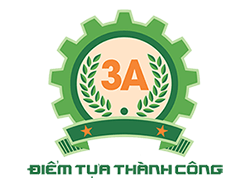What are chilblains?
Chilblains are itchy, swollen and painful lumps on the skin that form after exposure to cold above 0°. They usually affect fingers, and toes but can also appear on the nose and ears.
Chilblains do not cause lasting damage. They usually heal in a few weeks. They’re not the same as frostbite which is more serious. The affected area might stay sensitive to cold after they heal.
What are the symptoms of chilblains?
The symptoms of chilblains are itchiness, reddish blue colour, swelling and pain due to inflammation. Blisters containing clear fluid may also form.
Chilblains can appear quickly. They normally disappear in 1 to 3 weeks.
What causes chilblains?
Chilblains are caused by changes in the blood vessels in response to the cold. You are more likely to develop chilblains if you are sensitive to the cold. Other causes are poor circulation or sensitive skin.
They can also be due to poor circulation or sensitive skin.
How are chilblains diagnosed?
Your doctor can usually diagnose chilblains if you tell them you have been exposed to damp, cold conditions.
Occasionally you may need to a blood test to rule out other conditions
How are chilblains treated?
There is no proven medicine to treat chilblains. The best treatment is staying warm and protecting the affected skin. You need to keep your whole body warm, not just your feet and hands, to keep warm blood circulating.
Try to avoid scratching, which delays healing and can cause infection. You can use a moisturiser to relieve the itching. You can massage the affected area if it’s not too painful or ulcerated.
Once you have been affected, chilblains can recur after even brief exposure to cold, so it’s important to stay warm.
See your doctor if the symptoms remain or you can’t get the pain under control. Your doctor might prescribe:
- cortisone creams to reduce itching and swelling
- medication or patches to expand the blood vessels and increase blood flow to the affected areas
Can chilblains be prevented?
You can lower the risk of chilblains by:
- keeping your hands, feet and body warm
- exercising regularly to improve your circulation
- not smoking, as this affects your circulation
Complications of chilblains
Very rarely, chilblains may be associated with blood or bone marrow disorders, low body weight or diseases like lupus or Raynaud disease. Chilblains may also be a sign you have peripheral vascular disease, which reduces blood flow to the feet and hands.
Resources and support
More information about circulation is available on Blood and blood vessels article.
